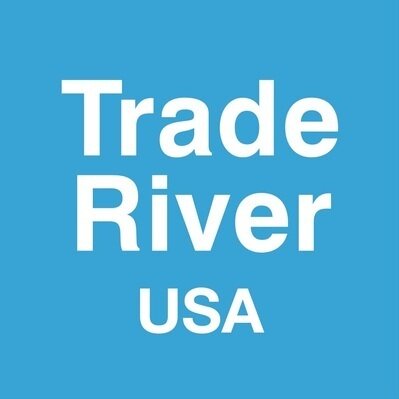Trends That are Shaping the Future of the Supply Chain
Supply chains have climbed to fame in the last two years as unprecedented disruption and uncertainty earned global supply chains top headline spots across all media and news coverage since the onset of COVID-19 in early 2020. Today, nearly two years later, supply chains have showed the world what they’re made of and have demonstrated an unparalleled resilience that has shown know signs of backing down. Rather than focusing on the damage done, supply chain executives and decision makers are turning their attention forward and adopting new trends to secure and protect their supply chain from future shocks.
Here are the top 3 prevailing trends we have seen across global supply chains:
1. Resiliency
Supply chains are built like rubber evidently and can bounce back from just about any black swan event or economic catastrophe; however, supply chains have been given no slack and will continue to be stretched well into the foreseeable future amidst labor shortages and volatile fluctuations between the balance of supply and demand.
To maintain resiliency, supply chains must analyze and optimize inventory to ensure the security of key products or materials and to determine exactly how much inventory is necessary. At the same time, supply chains must diversify their supplier and stakeholder relationships in order to avoid dependent relationships where a company may be bound to any one singular supplier.
2. Technology
You didn’t think this trend was going anywhere, did you? As history has demonstrated, innovation will continue to evolve. Unfortunately for many industries, the ‘if it ain’t broke, don’t fix it mentality’ holds no stake in the digital transformation game. Industry 4.0 continues to update AI and machine learning capabilities to introduce automation and predictive analysis that impact the entire supply chain from the factory floor all the way to the end-user.
Automation and digitization of manual labor in the factory and throughout the supply chain will help to reduce risk and eliminate time consuming tasks to alleviate the strain caused by labor shortages and complexities within the supply chain can be given the undivided, full attention they deserve from execs and decision makers.
3. Visibility
You don’t know what you don’t know and that can come back to haunt you or your supply chain. As supply chains evolve and demand new infrastructure to compete in the increasingly complex global trade landscape, executives must first uncover knowledge and intel about their own supply chain to make effective, lasting changes.
More visibility in the supply chain helps decision makers to make smarter and better informed decisions that will ultimately protect the health of the supply chain and the company’s bottom line. As more advanced technology continues to enter the market, the more data there will be to leverage and optimize the supply chain.
Amidst all this uncertainty, it is clear that supply chains have their work cut out for them this year. At TradeRiver USA, we help companies to optimize working capital and free up cash flow in the supply chain with a revolving credit line to fund the supply chain. Discover how your company can benefit from added flexibility and contact info@traderiverusa.com today to unlock peace of mind inside the supply chain.

